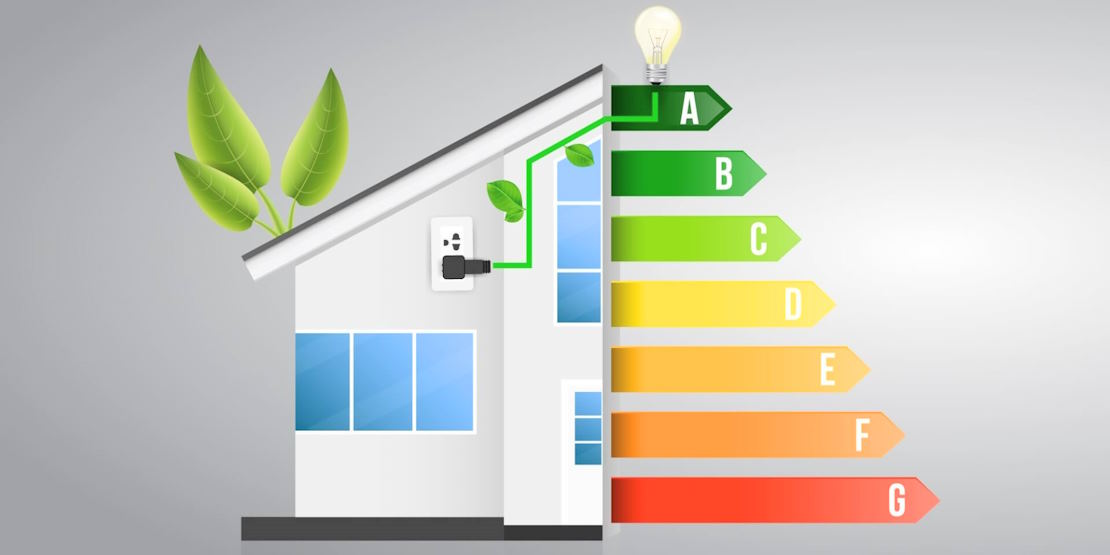Passive Design Principles
Natural Ventilation
Buildings are designed to maximize natural airflow, reducing the need for mechanical ventilation systems. This approach enhances indoor air quality and minimizes energy consumption.
Solar Gain
Passive solar design harnesses the sun’s energy for heating during the winter and employs shading techniques to prevent overheating in the summer.
Thermal Mass
Building materials with high thermal mass, like concrete or stone, store heat during the day and release it at night, stabilizing indoor temperatures.
Smart Building Technologies
Building Management Systems (BMS)
BMS, or Building Automation Systems (BAS), use sensors and controls to optimize heating, ventilation, air conditioning (HVAC), lighting, and other building systems. They respond to real-time conditions, adjusting settings for maximum efficiency.
IoT Integration
The Internet of Things (IoT) allows for interconnected devices and sensors throughout a building. It enables data-driven decision-making and predictive maintenance, reducing energy waste.
Energy Monitoring
Real-time energy monitoring systems give occupants and building managers insights into energy usage, encouraging responsible consumption.

Sustainable Construction Materials
Low-Energy Materials
Builders increasingly opt for materials with low embodied energy, like recycled steel and reclaimed wood. These materials require less energy to produce and transport.
Insulation and Windows
Advanced insulation materials and high-performance windows improve thermal efficiency, reducing heating and cooling requirements.
Green Roofs
Installing green roofs with vegetation improves insulation and provides natural cooling and stormwater management.
Renewable Energy Integration
Solar Panels
Photovoltaic (PV) solar panels integrated into building design or added to rooftops generate on-site electricity from sunlight.
Wind Turbines
Small wind turbines can complement solar panels in suitable locations, especially in urban areas with limited space.
Geothermal Systems
Ground-source heat pumps use stable underground temperatures for heating and cooling, increasing energy efficiency.
Passive House Standards
Ultra-Efficiency
Passive House (Passivhaus) standards prioritize ultra-energy efficiency. These buildings are so well-insulated and airtight that they require minimal heating and cooling, often achieving 90% energy savings compared to conventional structures.
Quality Assurance
Passive House certification ensures rigorous performance standards are met, focusing on airtightness, high-quality insulation, and superior windows.
Zero-Energy Buildings
Zero-energy buildings generate as much energy as they consume over a year. They achieve this through energy-efficient design, renewable energy generation, and energy storage.

